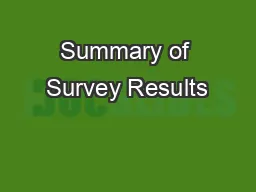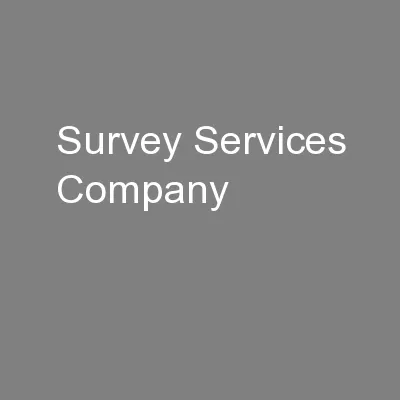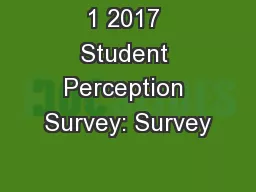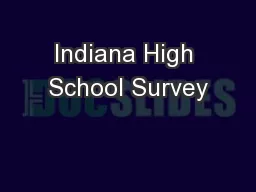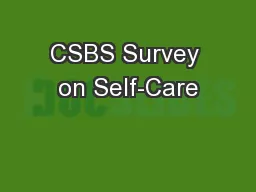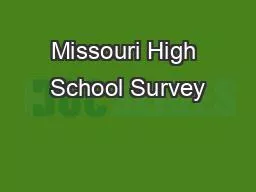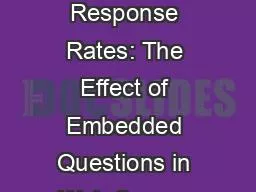PPT-Summary of Survey Results
Author : cheryl-pisano | Published Date : 2017-12-28
LBS working with Ontario Works OW from 2 Perspectives Regional literacy networks a nd Literacy and Basic Skills LBS service delivery agencies January 26 2017 Background
Presentation Embed Code
Download Presentation
Download Presentation The PPT/PDF document "Summary of Survey Results" is the property of its rightful owner. Permission is granted to download and print the materials on this website for personal, non-commercial use only, and to display it on your personal computer provided you do not modify the materials and that you retain all copyright notices contained in the materials. By downloading content from our website, you accept the terms of this agreement.
Summary of Survey Results: Transcript
Download Rules Of Document
"Summary of Survey Results"The content belongs to its owner. You may download and print it for personal use, without modification, and keep all copyright notices. By downloading, you agree to these terms.
Related Documents

